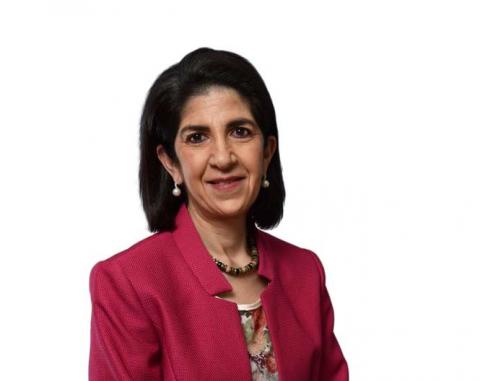Last Tuesday, I had the pleasure of representing CERN at the official opening of SESAME, the new regional light source facility hosted in Allan, Jordan. It was a very moving experience to be there. As soon as I arrived, I felt at home, because SESAME truly embodies the spirit of scientific curiosity and fruitful collaboration among people of different ethnicities, cultures and traditions that we experience every day at CERN. CERN and SESAME were both established to provide a centre of scientific excellence and to foster peaceful collaboration across borders.
Today, SESAME’s Members are Cyprus, Egypt, Iran, Israel, Jordan, Pakistan, the Palestinian Authority and Turkey.
CERN has been involved with SESAME right from the start. In the 1990s, CERN scientists discussed the idea of applying the CERN model of scientific collaboration to the Middle East. This was one of the developments that led to a meeting between Arabs and Israelis in Sinai in 1995, which in turn led to the establishment of a Middle East Scientific Cooperation group, a precursor of SESAME. Since then, three CERN former Directors-General have chaired the SESAME Council: Herwig Schopper, Chris Llewellyn Smith and, taking up his duties last week, Rolf Heuer.
Our biggest contribution to SESAME came through the CESSAMag project, which brought together European funding, CERN know-how and the skill and dedication of research institutions and industry in SESAME Member and Observer countries to build the main ring magnet system and power supplies.
The official opening of SESAME was the occasion for representatives of the SESAME Members and Observers to celebrate the dawn of research at the laboratory. The main ring is operational and has reached its design energy of 2.5 GeV. The next step is to increase the beam currents to their nominal values and to bring the first beamlines into operation: something that should happen by late summer or autumn this year.
Last Tuesday was an important milestone for SESAME. There was a great sense of accomplishment at the opening ceremony, as well as anticipation of the vibrant scientific programme that is now clearly visible on the horizon. With SESAME’s first call for experimental proposals resulting in 55 submissions, the fledgling laboratory certainly has reason to be optimistic. I for one am looking forward with relish to seeing the scientific programme unfold at this newest addition to the research landscape and to the efforts of the SESAME community to contribute to building a better world.

